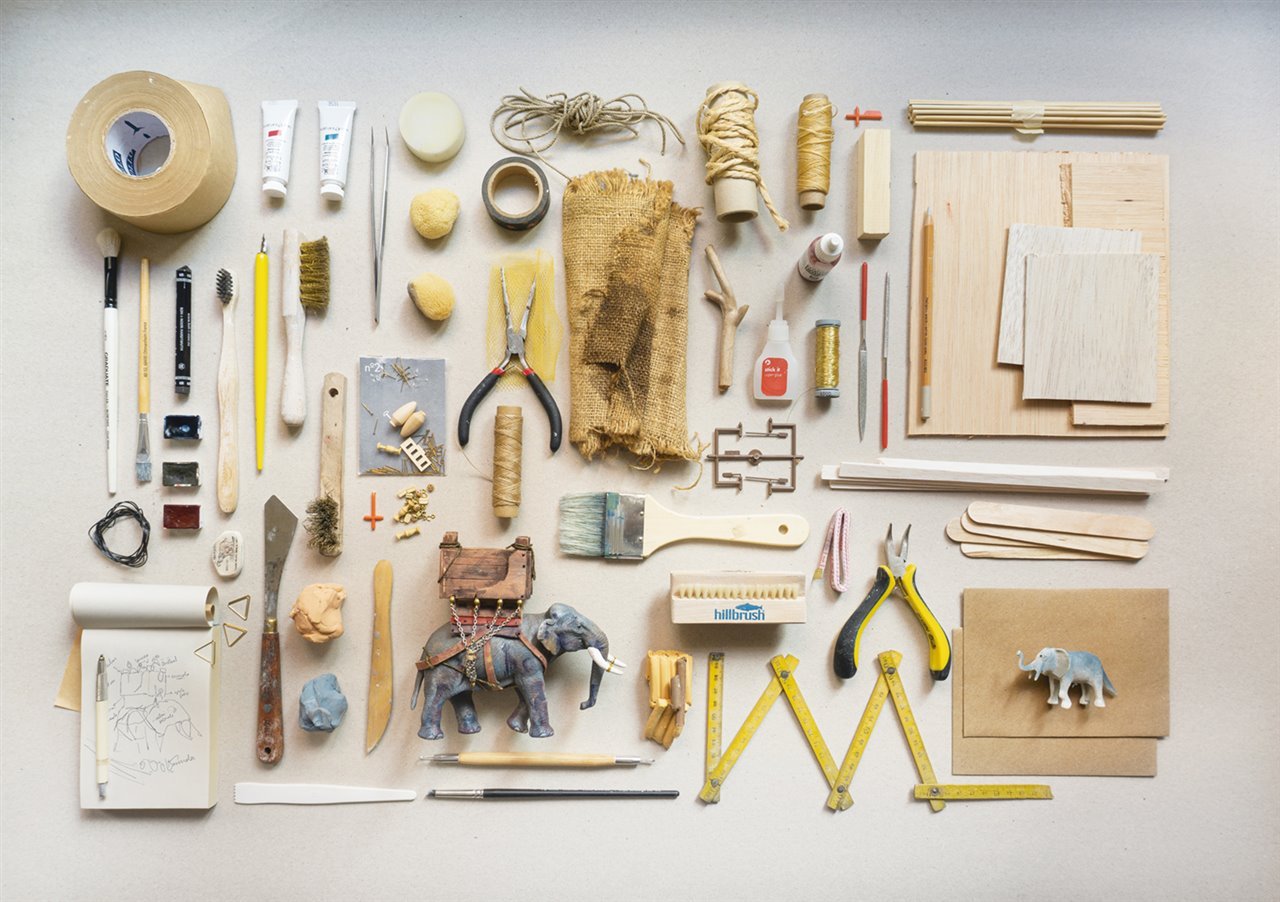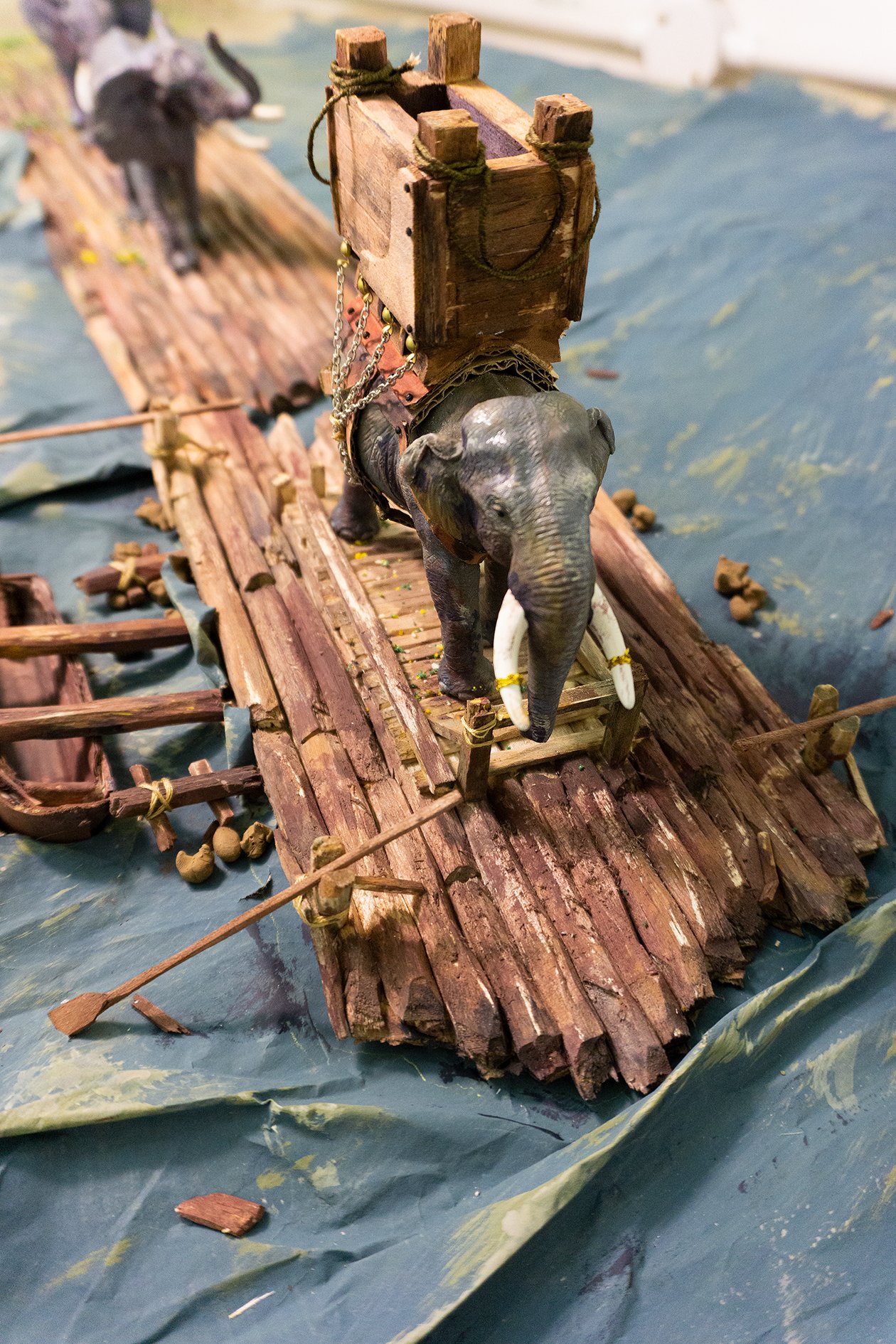Artistic infographics, a different way of storytelling
In my infographic projects, I explore diverse subjects such as polar expeditions, volcanic formations, and archaeological discoveries. Since 2015, I've collaborated with National Geographic and New Scientist, where I develop infographics and visual narratives that fuse research with art. To achieve this, whenever the technique allows, I first construct detailed miniature scenarios and then integrate them through digital illustration.
En mis proyectos de infografía, exploro temas tan diversos como las expediciones polares, las formaciones volcánicas o los hallazgos arqueológicos. Desde 2015, colaboro con National Geographic o New Scientist, donde desarrollo infografías y narrativas visuales que fusionan la investigación con el arte. Para ello, siempre que puedo, construyo escenarios en miniatura que luego integro a través de la ilustración digital.














































